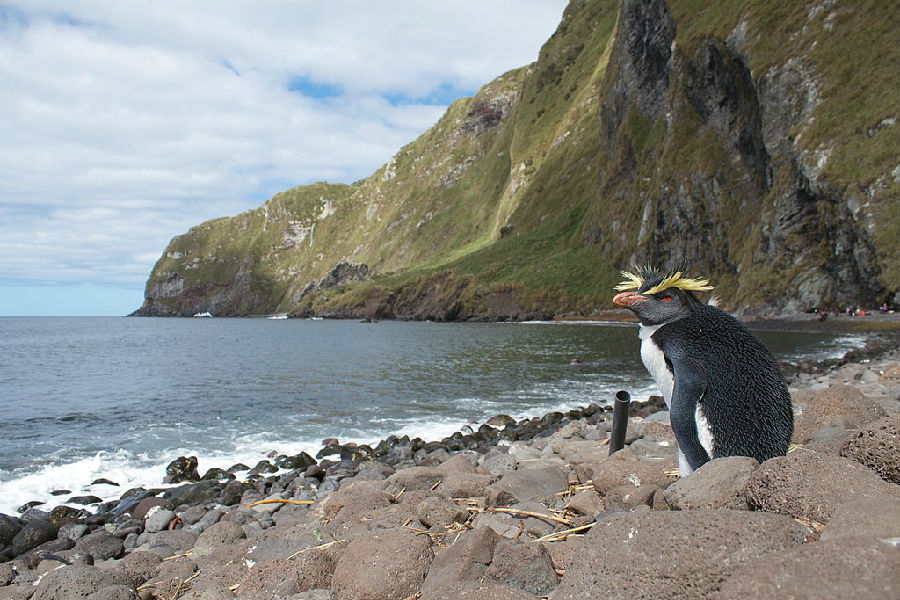A particular advantage of picking bottles to investigate is that they are often stamped with their country of manufacture.
選擇瓶子進行調查的一種獨特優勢是它們通常都會貼上生產國標識。
That enabled Dr Ryan to analyse the history of oceanic littering.
這讓瑞恩博士能夠分析海洋垃圾的歷史。
As the chart shows, he picked three recording points, corresponding to field trips to the island,
如果表格所示,他選擇了三個記錄點,分別對應在島上的三次實地考察,
and analysed the proportions of bottles from various geographical sources.
并且他分析了來自不同地方的瓶子的比例。
In 1989 the preponderance of them (67%) was South American. Twenty years later, in 2009,
1989年,它們中的絕大多數(67%)都來自南美。20年后的2009年,
bottles made in Asia contributed more or less equally (44%) with South American ones (41%).
產自亞洲的瓶子(44%)和來自南美的瓶子(41%)相差無幾。
By 2018 the overwhelming majority (74%) were Asian.
但截至2018年,絕大部分都產自亞洲。

This geographical shift speaks volumes. The first sample suggests most litter arriving on Inaccessible
這種地理上的轉變意義重大。第一個樣本表明,伊納克塞瑟布爾島上的大多數垃圾
had been washed off the land or dropped from coastal shipping—South America being a relatively nearby continent.
都是從陸地上沖刷而來,或者是從沿海船只上被丟棄的—南美洲是一個相對較近的大陸。
The other two, with their rising proportions of trash from Asia, which is too far from the island for it to have floated there,
另外兩個樣本顯示來自亞洲的垃圾比重增加,亞洲離這個島太遠了,它不可能漂浮在那里,
strongly suggest it was crews' empties being flung from ocean-going vessels.
這強烈表明是船員從遠洋輪船將空瓶子拋了下來。
Such littering is banned by Annex V of the International Convention for the Prevention of Pollution from Ships—
這種拋垃圾的行為是被《國際防止船舶污染公約》附錄五所禁止的—
which, ironically, came into force in 1989, the year of Dr Ryan's first survey.
諷刺的是,該公約于1989年生效,同年瑞恩博士進行了首次調查。
But evidently a lot of ships' captains do not care. They permit the dumping of rubbish over the side, regardless.
但顯然很多船長并不在意。不管怎樣,他們允許將垃圾倒在船舷的行為。
譯文由可可原創,僅供學習交流使用,未經許可請勿轉載。












